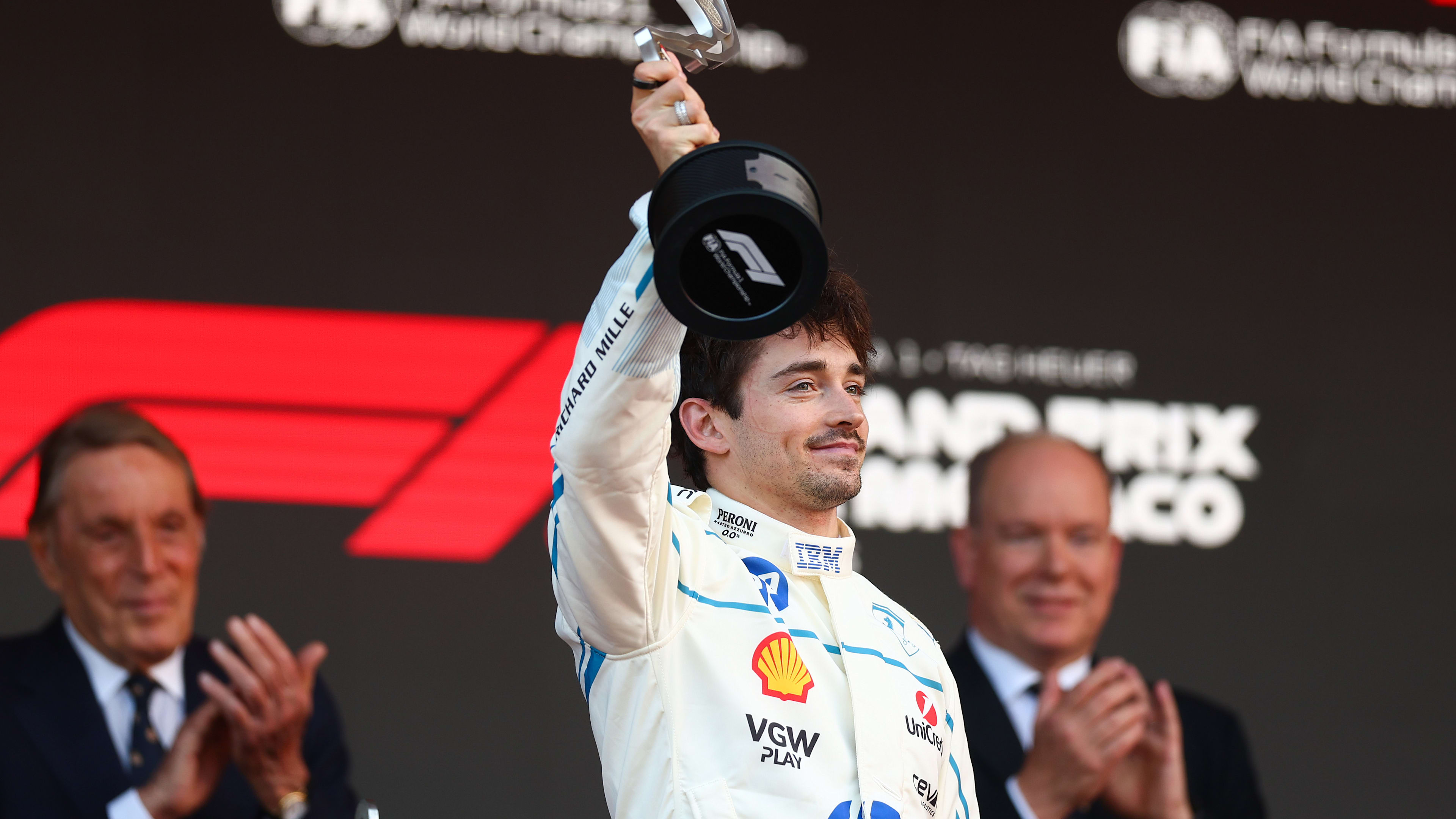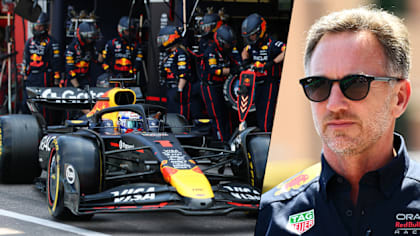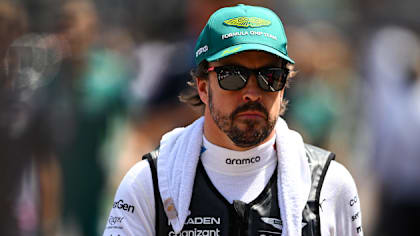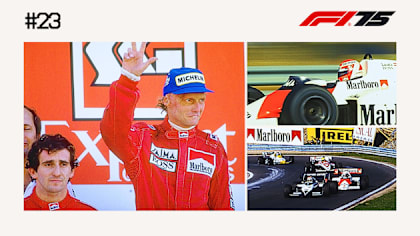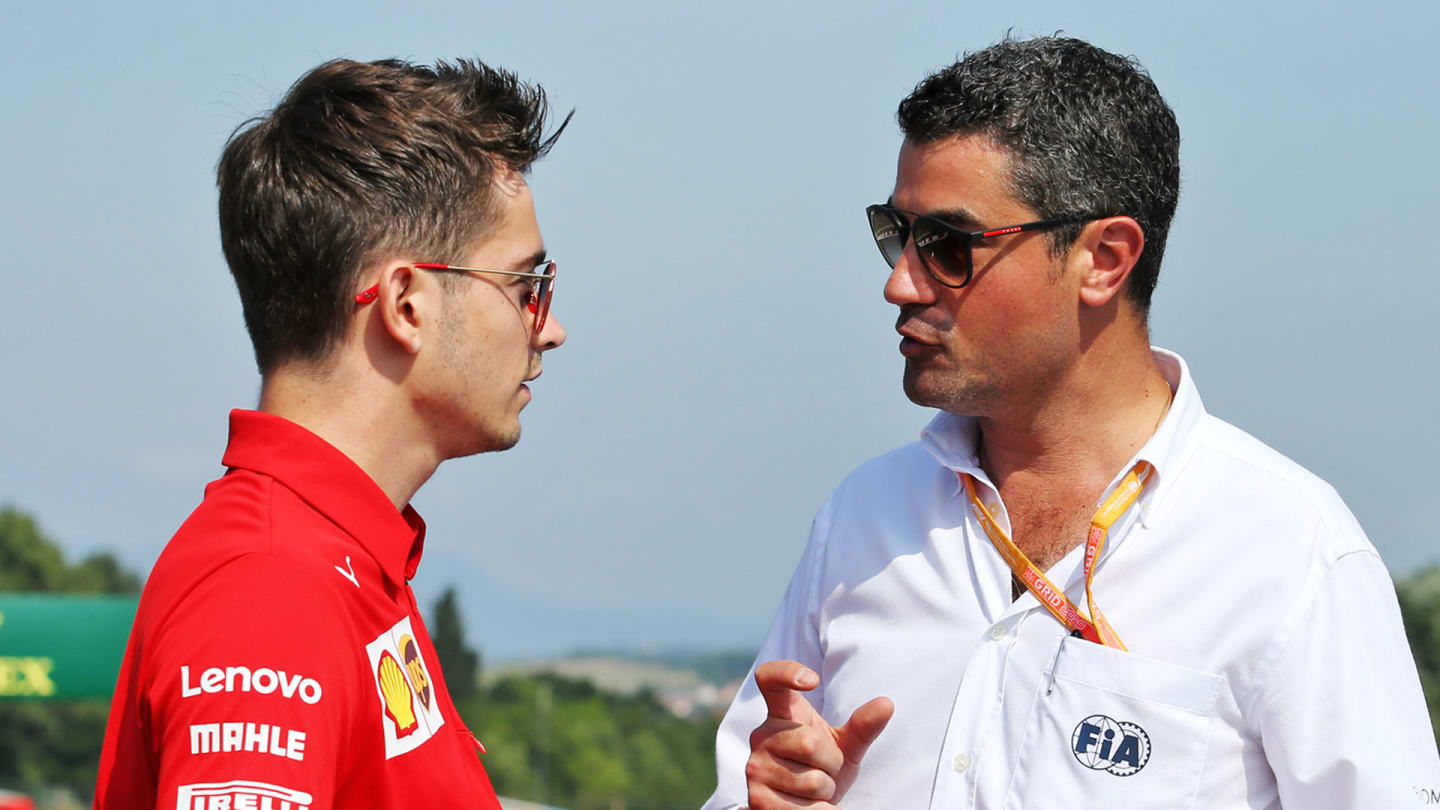
30 May - 01 June
Opinion
BUXTON: Why the FIA has got it right with black and white flag rule

Share

There was controversy at the Italian Grand Prix when race leader Charles Leclerc was shown a black and white driving standards flag, rather than receiving a penalty, for his extreme defensive driving against Lewis Hamilton. But is the rise of the black and white flag an invitation for the drivers to now breach the rules – but just the once? Not by a long shot, argues F1’s Digital Presenter Will Buxton…
The reintroduction to Formula 1 of the use of the black and white flag has created as much controversy as it was intending to avoid. Personally, I’m a fan. Not because I have to toe a party line, you understand. If that were the case I’d have tried and failed to defend what went down in Montreal. And yet, interestingly enough, that’s where we have to start.
READ MORE: FIA explain use of F1’s ‘yellow card’ for Leclerc at Monza
The penalty Sebastian Vettel received at this year’s Canadian Grand Prix left a bitter taste, not just for his and Ferrari’s fans, but for the sport in general. But when taken on their absolute terms, the rules decreed that he had erred not once but twice and so a penalty was the only avenue available for those with the unenviable task of adjudicating race incidents.
Canadian Grand Prix: The incident that earned Vettel a five-second penalty
It wasn’t what anybody wanted. And from the discussions that resulted from that race result and the following event in Austria, a slight shift was enacted in race control. Drivers, teams and fans wanted to see racing. Proper racing. Elbows out, on the limit, decent, hard racing. Not bumper cars, you understand. Just good racing. And it’s here that we would do well to remember that inherent in good racing and good race craft is not just the wherewithal to attack, but the ability and the right to defend.
What’s also important to consider, when looking at racing incidents, is the fact that every single one is entirely unique. No two incidents are ever or will ever be identical to one which has gone before. As such, applying the rules consistently when subjective decisions need to be made on a unique sequence of events proves almost impossible. The approach of absolutes, of black or white, right or wrong, left no room for nuance or to make a valued judgement on the individual instance. Racing exists within the grey areas. And that’s key.
What this new approach from race control would do, then, is to make good on a promise made at the start of this season: to let racers race. That’s not to say they would be allowed to transgress or break the rules. Merely that the tolerance level would be lifted. But only a touch.
The black and white flag was never officially retired – it simply fell out of use
And as part of this, the black and white flag would be reintroduced. In all fairness, it was never officially retired. The ‘unsportsmanlike conduct’ flag simply fell out of use. Its dusting off, then, would be to act as a warning to a racer that they were getting close to, or might have already poked their toes over, the line of racing acceptability.
Now, let’s look at Monza because that’s what created all the hullabaloo. Charles Leclerc was shown the black and white flag during his fight for the lead of the race with Lewis Hamilton. The rules are pretty clear on leaving a car’s width when returning to the racing line in a defensive move, however there’s some debate over whether Leclerc had actually moved his line into a defensive one on the exit of Curva Grande or if he was simply maintaining the only place on track that he could given the positioning of Hamilton’s car on the inside.
The argument could easily be made that if Leclerc hadn’t proactively taken a defensive line, then given the manner in which the regulations are worded, it’s unclear as to whether he needed to leave a car’s width. Had the stewards deemed it necessary, they could have investigated the incident and done something about it.
Italian GP: Leclerc shown black and white flag after edging Hamilton wide at Turn 4
“Ahh,” you say, “but Leclerc was shown a black and white ‘conduct’ flag.” Well yes, he was. But the stewards don’t issue that flag. That honour falls to Michael Masi, the FIA Race Director.
And this is, possibly, the most important part of all. As Race Director, Masi has taken it upon himself to issue the ‘conduct’ flag to racers who are skirting on the edge of acceptability. It tells them to tuck their elbows in and get on with things and not to push their luck. It also tells them that they’re on notice. And being watched like a hawk.
What it does not do is legalise the illegal, as some seem to be intentionally misunderstanding. The flag isn’t issued in place of a penalty. Because it comes from a completely different place.
READ MORE: Leclerc's driving was 'maybe a little bit over the edge', says Toto Wolff
There is absolutely nothing to stop the stewards from looking at the incident for which the Race Director issued the ‘conduct’ flag and determine that it was worthy of actual punishment. Should the rules have been clearly and gravely breached, it would, after all, be their duty to do so. If the incident itself, however, was judged to be on the limit of acceptability or having crossed so scarcely into the red that a punishment is judged to be too harsh when compared with the infringement, then they may be satisfied that the ‘conduct’ flag being shown is enough of a shot across the bows.
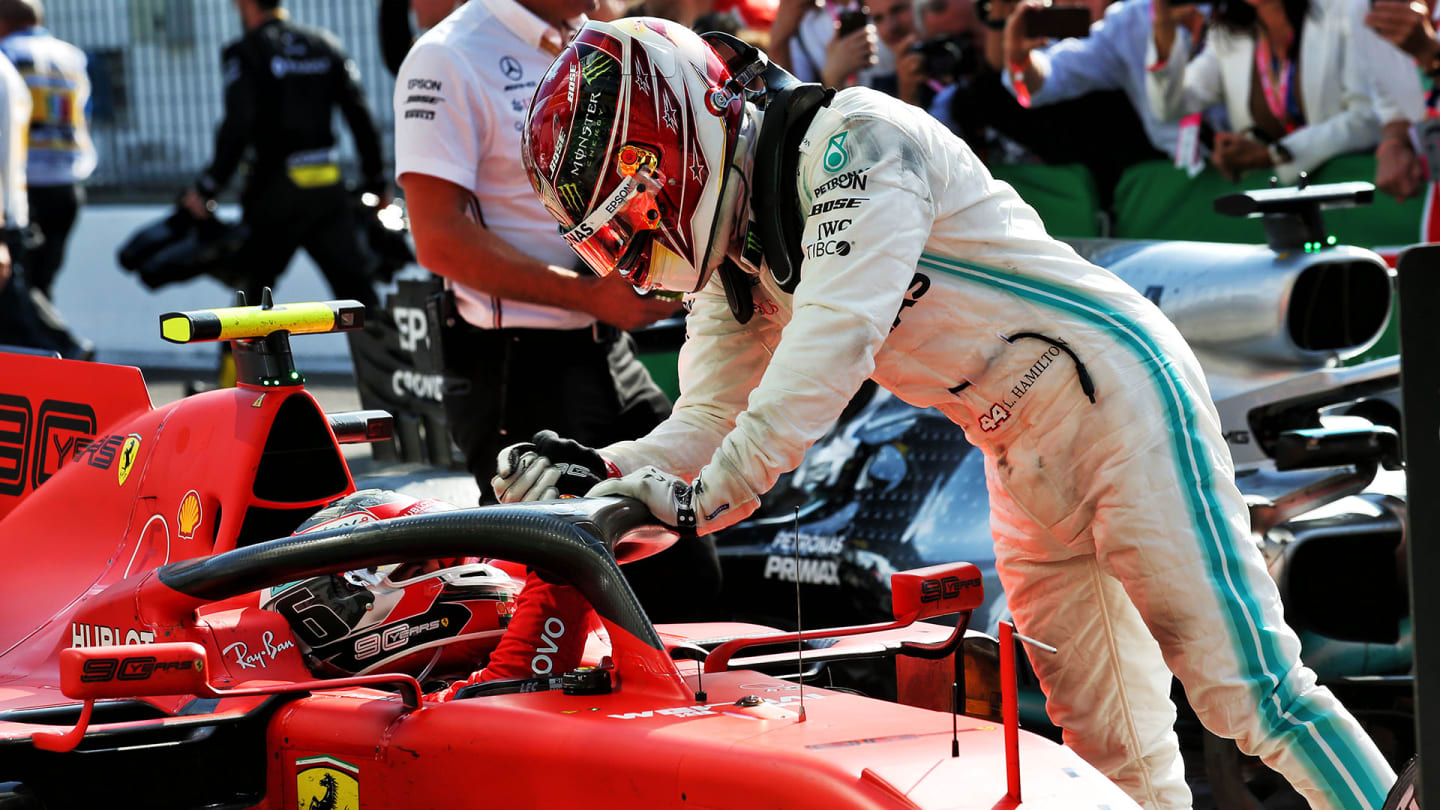
All of which means I’m left somewhat perplexed and bewildered by comments, albeit in the heat of the immediate aftermath of a race, that drivers might now change the way they do battle. That the issuing of this flag has, in some bizarre way, created confusion and leniency. That it could lead to inconsistencies.
The ‘conduct’ flag is not a replacement for penalties. It’s not even issued by the same office. It’s not making legal what was illegal. It’s not changing the rules. And it certainly isn’t giving carte blanche to racers to run into each other which, while we’re at it, has to be one of the silliest fears I’ve yet seen. Drivers do not intentionally drive into their rivals. It’ll do their cars as much damage as anyone else’s. You don’t risk your race or your or anyone else’s well-being like that, and if you do then you have no place on a race track. So let’s just leave that one where it deserves to be, at the bottom of the pile of papers in the trash.
We would do well to remember that the stewards today are following a maxim requested by the sport and its fans to allow racers to race. They have not been released from their duty to uphold the rules. And the black and white flag doesn’t stop them from or interfere with them doing so.
It’s a warning. No more. No less.
The rules haven’t changed. The flag isn’t new. And neither is a replacement for the other.
YOU MIGHT ALSO LIKE
News Horner explains why Red Bull ‘rolled the dice’ with Verstappen strategy in Monaco as he reflects on ‘jeopardy’ of race
News ‘I’m driving at a high level’ – Alonso defends start to 2025 after Monaco power unit issue denies him maiden season points
News Piastri says Monaco podium is ‘not all bad’ as he reflects on ‘tricky’ weekend
FeatureF1 Unlocked GREATEST RACES #23: An F1 title decided by just half a point – 1984 Portuguese Grand Prix
